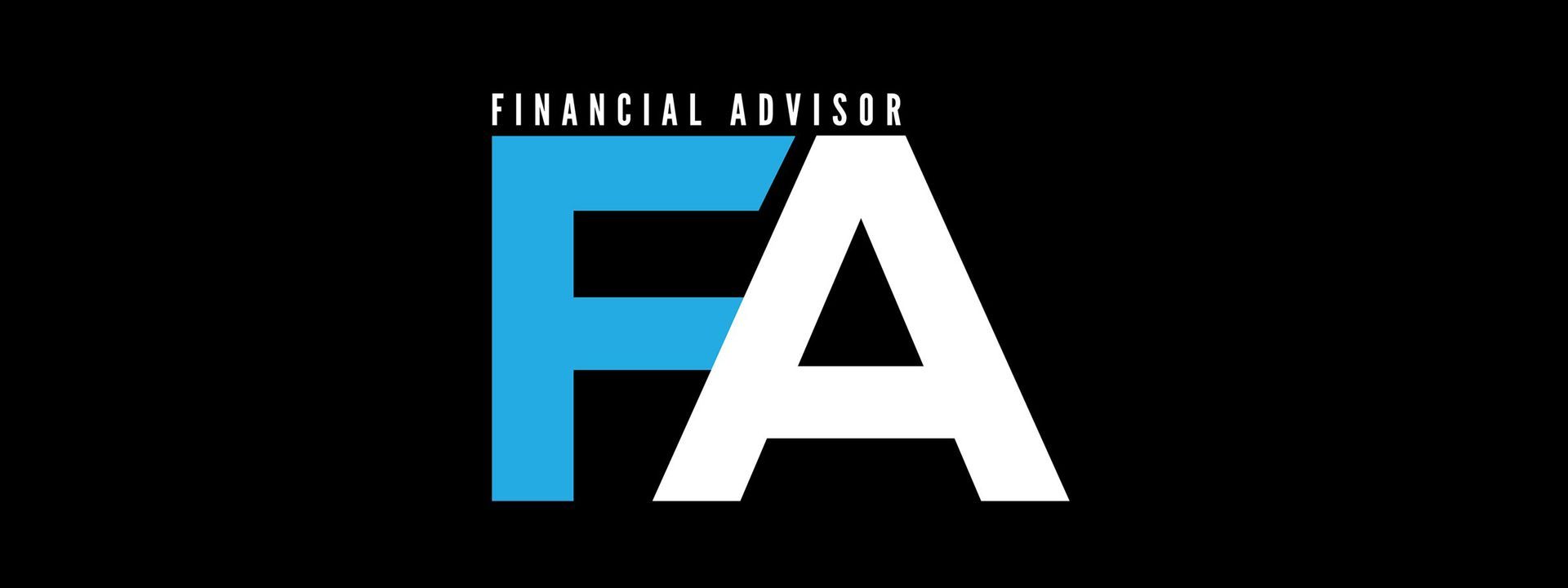Interest rate hike is coming — here’s the good and bad
November 6, 2015
When will interest rates go up? This is the burning question that investors and savers have been asking for years now — given that it’s been nearly a decade since the federal funds rate (the interest rate at which banks and credit unions lend money to one another) increased. Speculation has gotten more and more heated throughout the year as Janet Yellen, chair of the Board of Governors of the Federal Reserve System, has made stronger and stronger statements about the improving health of the U.S. economy. Back in July, Yellen said, “Based on my outlook, I expect that it will be appropriate at some point later this year to raise the federal funds rate and thus begin normalizing monetary policy.” Just this week, Yellen said an interest rate hike next month is a “live possibility” if the economy stays on track.
The good and bad of cheap money
All year, market participants have vacillated over their expectations — and their preferences — regarding the rate hike. After all, rates have basically been held at zero since late 2008, when the bottom fell out of the global financial system. Since then, money has been cheap, which is good for borrowers. Individuals, companies and governments have been able to save money by refinancing their debt at significantly lower rates. So why would anyone be anxious to see rates go up?
Cheap money isn’t good for everyone. It is definitely not good for savers, who have seen the rate on their money market funds and certificates of deposit stay below the rate of inflation since 2008. Interest rates on bonds are at historical lows and yields have been trending down since 1981. Instead of seeing their money grow, those who have invested in these vehicles have seen their money shrink in its buying power.
The Federal Reserve met during the last week of October and once again decided to leave rates unchanged. It will meet again on Dec. 15 and 16. Certainly all investors will be anxiously awaiting the Fed’s decision on interest rates.
Federal Reserve’s control of rates
There are actually three rates in the U.S. that drive virtually everything else, from mortgage rates to bond returns to the interest rate on credit cards. Of these three, Janet Yellen and the Federal Reserve Board only control two: the Federal Funds Rate and the Discount Rate. The third rate, called the Prime Rate, is a rate that banks give their best customers on borrowing money. The Prime Rate can vary slightly from bank to bank. The Prime Rate, while not under the control of the Federal Reserve, is the one that is most directly tied to the rate you pay on a car loan, personal loan or credit card loan.
The Federal Funds Rate, also known as the Overnight Rate, is the rate that banks lend their money deposited at the Federal Reserve to each other. By letting banks lend to each other, the Fed provides an opportunity to banks with a surplus to maximize their return on their deposits.
The Federal Discount Rate is the rate at which banks can borrow directly from the Federal Reserve. This rate is typically higher that the Federal Funds Rate to encourage banks to borrow from each other before they borrow from the Federal Reserve.
What happens if rates go up?
When our economy is in trouble, the Federal Reserve can step in and help by cutting rates. Lower rates, at least in theory, encourage spending and increase aggregate demand. Borrowing becomes cheaper (as mentioned above), the incentive to save is reduced, mortgage payments are lowered and owners have more disposable income, home prices rise because homebuying becomes more attractive and the exchange rate falls, making exports more competitive and imports more expensive.
Cutting rates is exactly what the Fed started doing in 2007. It cut rates and cut rates until the Federal Funds Rate was near zero in December 2008, the beginning of the Great Recession. But once the economy improves, the Fed will raise rates such that it is prepared for future hard times. There is very little doubt that the Fed will raise rates. The unanswered question is when.
When the Fed does raise rates, investors should not be expecting an immediate return to normal rates. The normal pace is to raise rates by 0.25 percent. Rates are so low that it could take a couple years to get rates back to historical norms. Investors need to be aware that the Fed will eventually take action, and once it begins this process, the media will give this event a lot of attention. Wise investors will ignore the sensational headlines and exaggerated reactions from financial pundits and instead talk to their financial advisers about how a rising interest rate environment might impact their investment portfolio.
Phoebe Venable, chartered financial analyst, is president and COO of CapWealth Advisors LLC.














